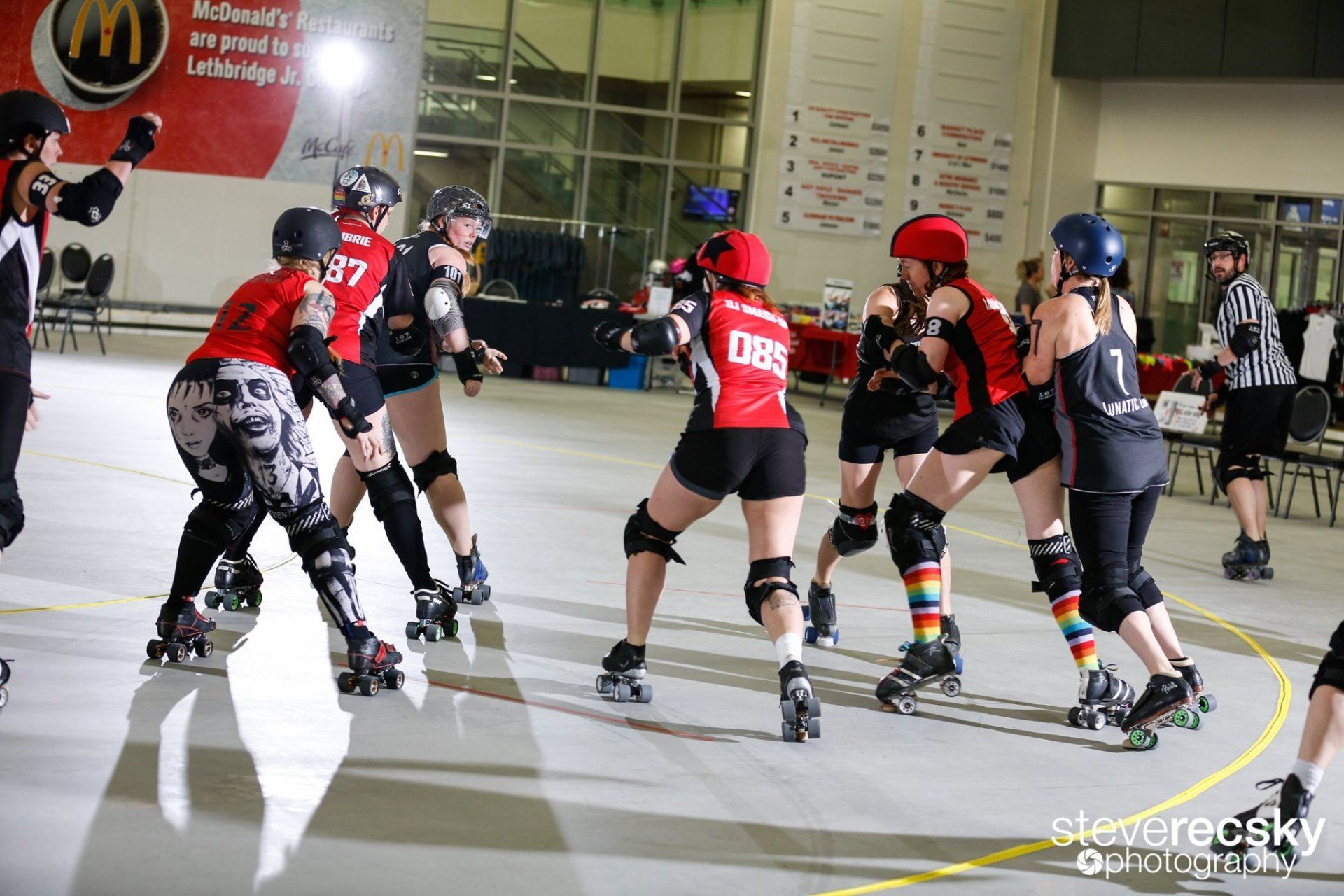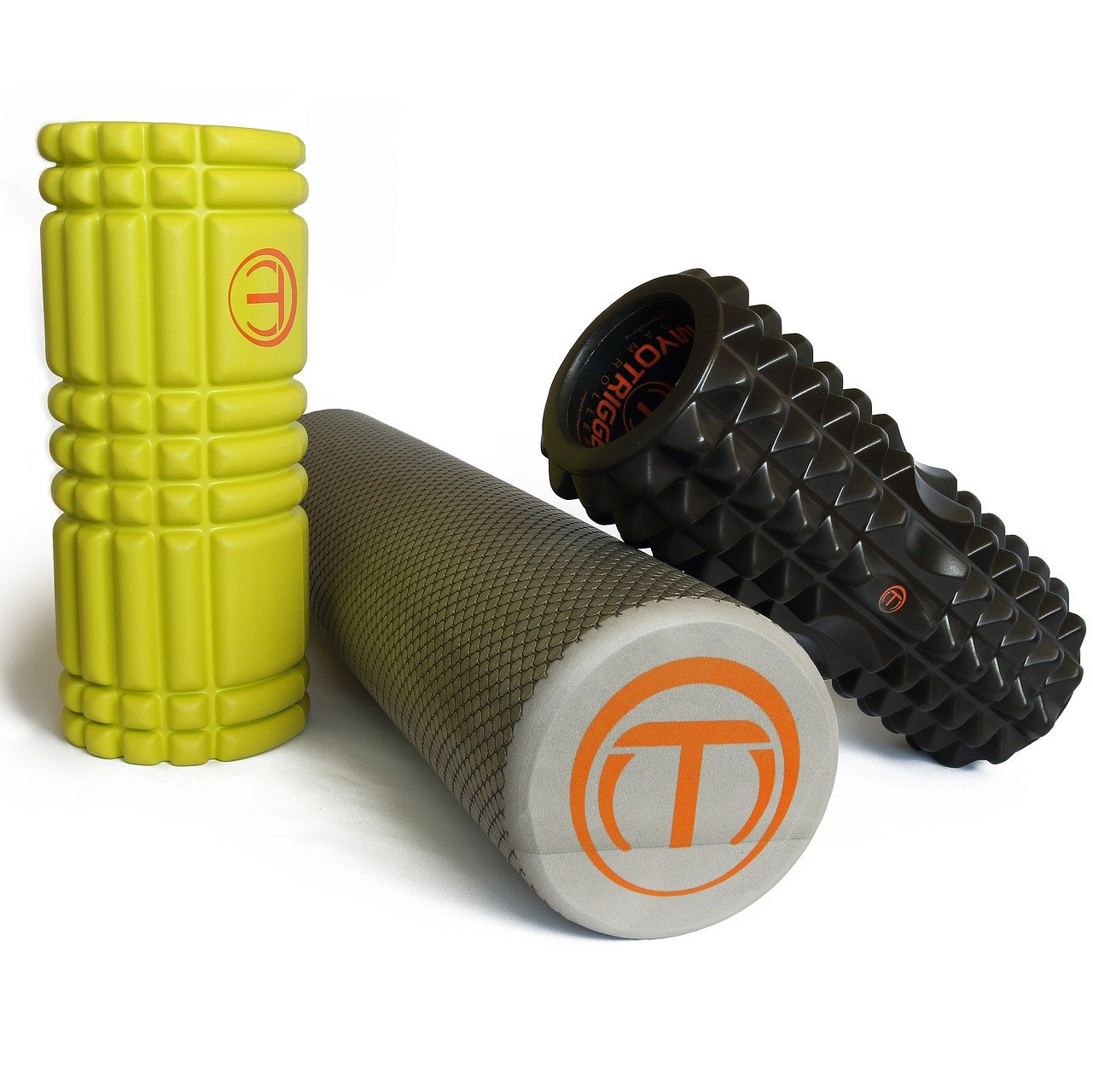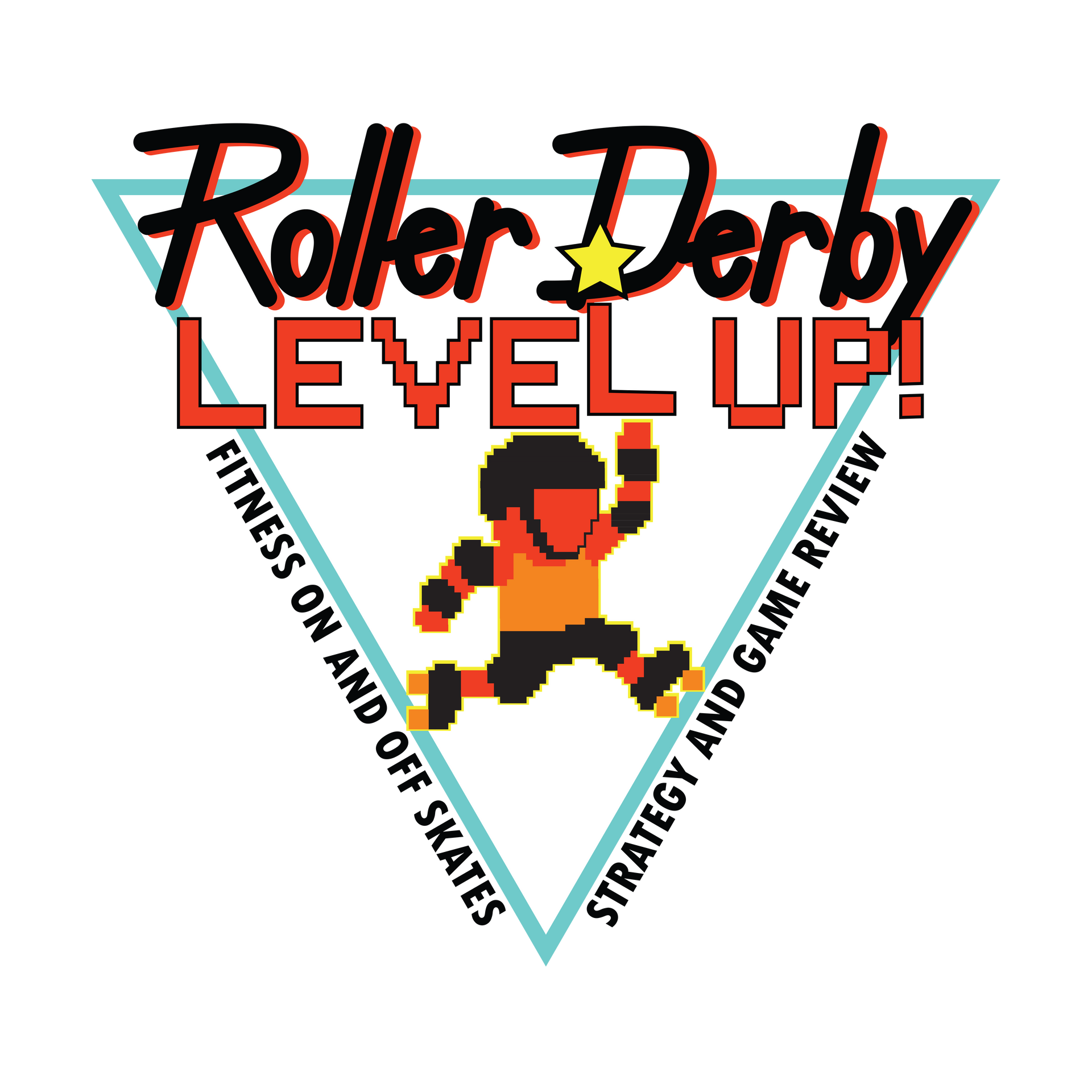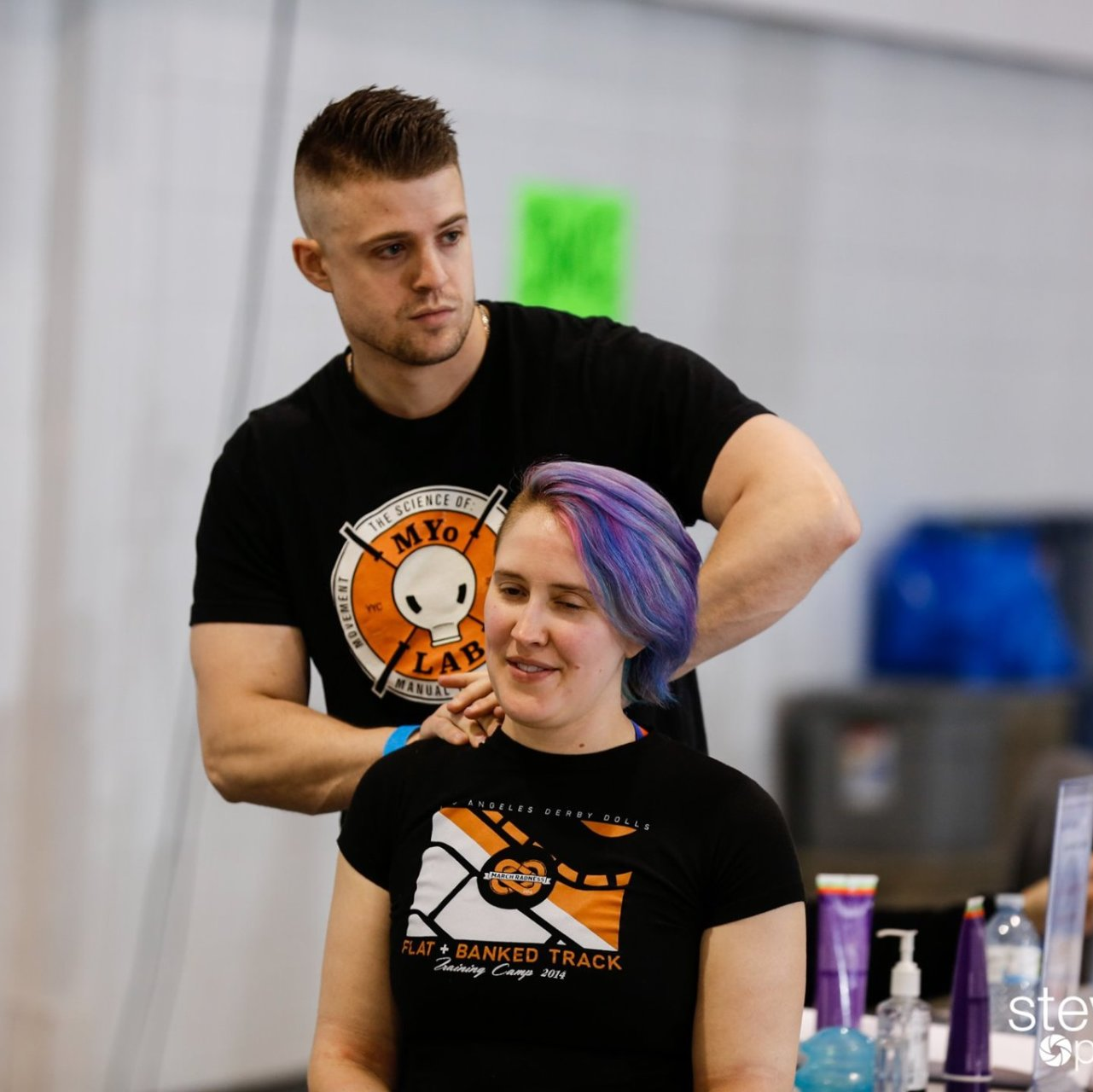Search results for 'Injury' (3)

As COVID-19 restrictions are starting to be lifted, a lot of us are excited about returning to roller derby practices. However, before we can dive head first back into practices it’s important to review what that means for your body. You, and your entire team have been away from practices for 3 or more months. That’s the same as being off skates for a minor injury. So what could this mean for your return? Injury risk is going to be higher. While you may have been doing some home training during the break and may even feel fit, you should still consider: Were you consistent with your training each week Did your training start to dwindle in the last few weeks Was your training as intense as a full 2 hour practice or scrimmage Was your entire team training as hard as you One of the leading factors to injury is fatigue. We have all been in those practices where near the end the coach calls the drill off because everyone is getting sloppy. That sloppiness is the fatigue built up over practice and can lead to foggy heads, slower reaction time, mistakes and ultimately injury. Taking fatigue into consideration, when you are returning to practices with your league consider making them shorter or keep the overall intensity low. It will take weeks of consistent practices for you and your team to return to the intensity level you were at pre-COVID-19.

Foam rolling is the use of a cylindrical or round object to apply pressure to a specific muscle. In recent years, it has grown in popularity due to its ability to be self administered. It makes sense that rolling out a muscle would increase ROM in associated joints and many studies have proven its ability to increase ankle, knee, and hip Range of Motion (ROM). The following study instead reviewed the ability of foam rolling the hamstring to increase shoulder range of motion, almost as far away as major muscle groups can be. The study was completed on 12 recreationally active women. Participants were tested on baseline Passive Range of Motion (PROM) in the shoulder in flexion and extension positions, forward and backward. Foam rolling was done for 60 seconds on the hamstring, then retesting PROM immediately, after 10 minutes, 20 minutes, 30 minutes, 24 hours, and 48 hours. PROM is someone else moving your joint.


